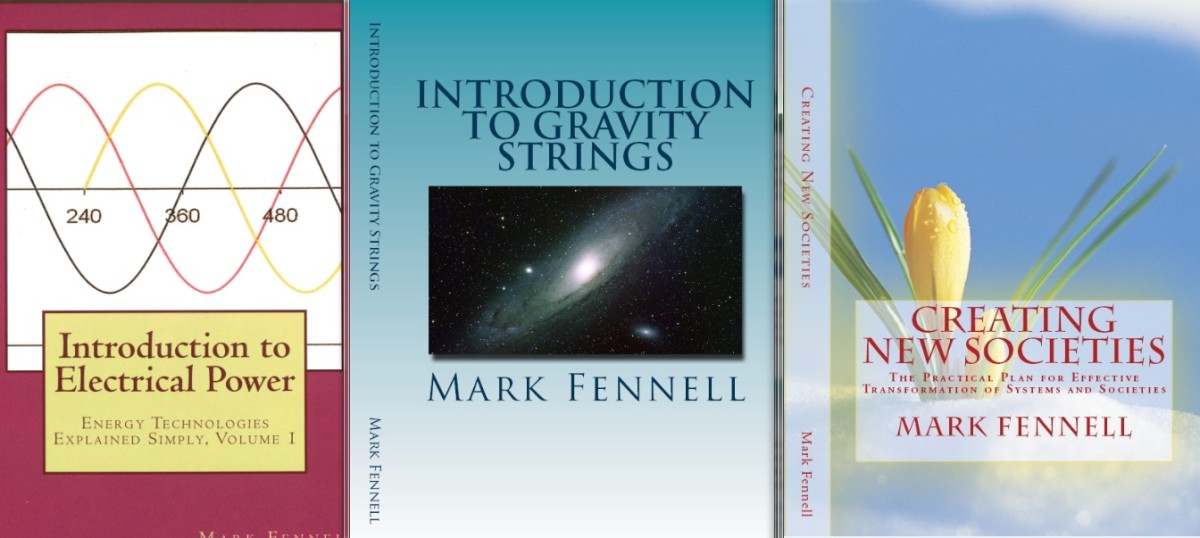Collecting Information From Afar
The research for the publications on transmission of electrical power began early in the project. The research for Volume 1 (Introduction to Electrical Power) and this book (Transmission of Electrical Power) were done at the same time.
It is worth noting that very few science books – at either the high school or college levels – discuss the processes of transmission of electrical power in any detail. While in college, I desired to know the details of the processes, but neither the textbooks used, or the books in the college library, were helpful.
Therefore, I had to wait until much later, until I was able to obtain the better engineering material and better explanations from experts on these topics.
This also means that you are getting some good information which is not always easy to find. The material here is therefore not only good explanations, but a good collection of material that was scattered far and wide among the technical sources.
Controversial Topics: EMF and Cancer
There are fewer “controversial” topics for transmission of electrical power than for other power topics. Therefore I did not need to do as much cross-checking of information. Therefore, the research was mostly finding the technical information I needed, and wading through the technical material to find the best information and most practical tips.
The main area of controversy for power lines is the question: Do power lines cause cancer? I did not know the answer, but I did my research. This is one area where I searched for all research data.
I read numerous studies, including area of: humans living and working near power lines; and labs trying to get EMF to induce cancer in mice. I read studies from different nations as well.
I also read strictly objective data of the amount of emitted energy from power lines, and the distance to which it is felt. In fact I had so much data on this one topic, I thought it was best to summarize the data in just a few lines. Yet the data in my files is much more extensive.
[The short answer is….power lines do not induce cancer. Yet to come to that conclusion, I read an enormous number of studies, and analyzed a lot of data].
HVDC Power Lines
At the time this book was published, HVDC power lines were becoming popular. They were being praised – and sold – as the next greatest thing. However, when used improperly, these power lines actually lose more power than they save. Therefore it was important that I presented the true details of HVDC power lines, and the analysis of best use (and where not to use).
Note that soon after researching this topic, I met with the President of GE Wind Corporation. He asked me what I thought of HVDC power lines. (Again, showing the point that these were being discussed and being sold as the “it” thing in power technologies at the time).
After I told him what I thought about HVDC, including where best used, he agreed. It turns out that his view was the exact same as mine. What this means for you as reader is this….I essentially have an “endorsement” on this topic by the President of GE Wind. That is, what I write about in this book is exactly what the President of GE Wind believes.
A further note. In 2015, I went to Denmark…where I visited the Technology Museum. Among the displays was a display on electrical power, including samples of Power Lines: both the regular High Voltage Power Lines, and the HVDC Power Lines. It is noteworthy that the display showed that the Danish planners were using HVDC power lines in the exact ways that I recommended in this book.
Thus, again, you can count on my analysis of HVDC power lines in this book being accurate.
